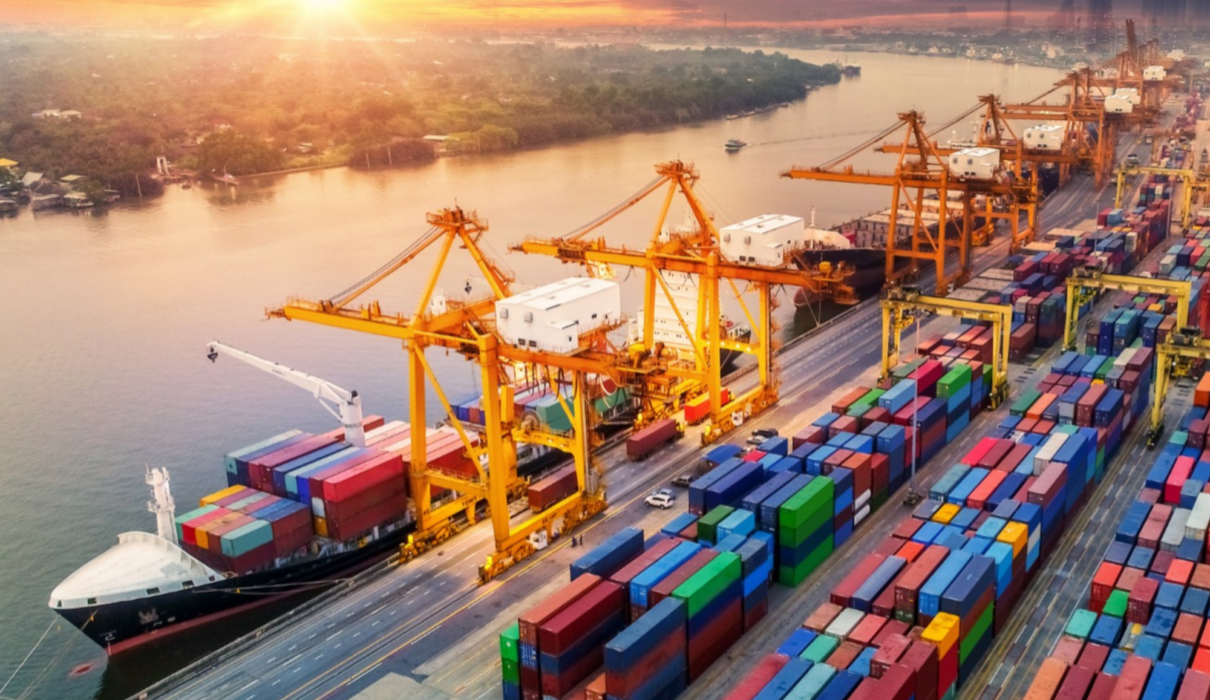Asia’s manufacturing hubs are on alert after the U.S.–Vietnam trade deal announced this week included a 40% tariff on goods that are transshipped—that is, goods that originated in China (or elsewhere) but are shipped via Vietnam for export to the U.S.
Economists at Citi warn that this penal rate could hit not only Vietnamese firms but exporters across Southeast Asia, as many factories source intermediate inputs from China. “Thailand followed by Malaysia might be more exposed,” Citi noted, alongside Vietnamese producers.
Even U.S. fashion retailers—like Nike and Adidas—that heavily depend on Vietnam production may pay the price if their supply chains include Chinese-made components. This aligns with Citi’s assessment that the ripple effects may extend to foreign exporters—such as those from Korea—that have established manufacturing bases in Vietnam, potentially facing unexpected consequences from the new tariff structure.
By contrast, Vietnam itself drew the benefit of a reduced 20% duty on direct imports, down from a prior threat of 46%. But for factory operators in Vietnam, navigating which side of the transshipment line a shipment falls on will be critical.
For nations like Thailand, Malaysia, and India, this deal poses difficult questions: Can they negotiate exceptions, or will they risk similar treatment? As Southeast Asia braces, global supply chains are under renewed scrutiny.

